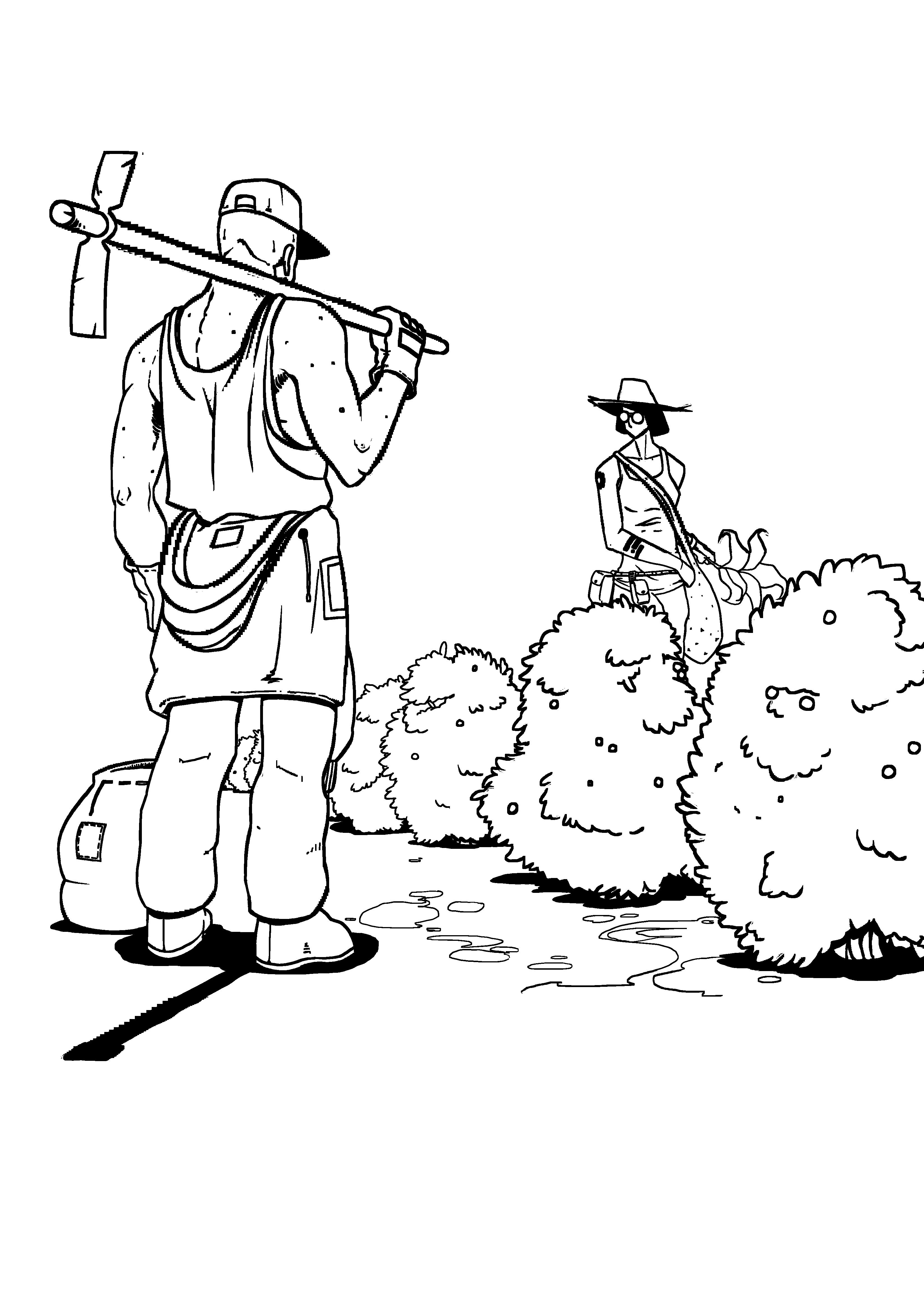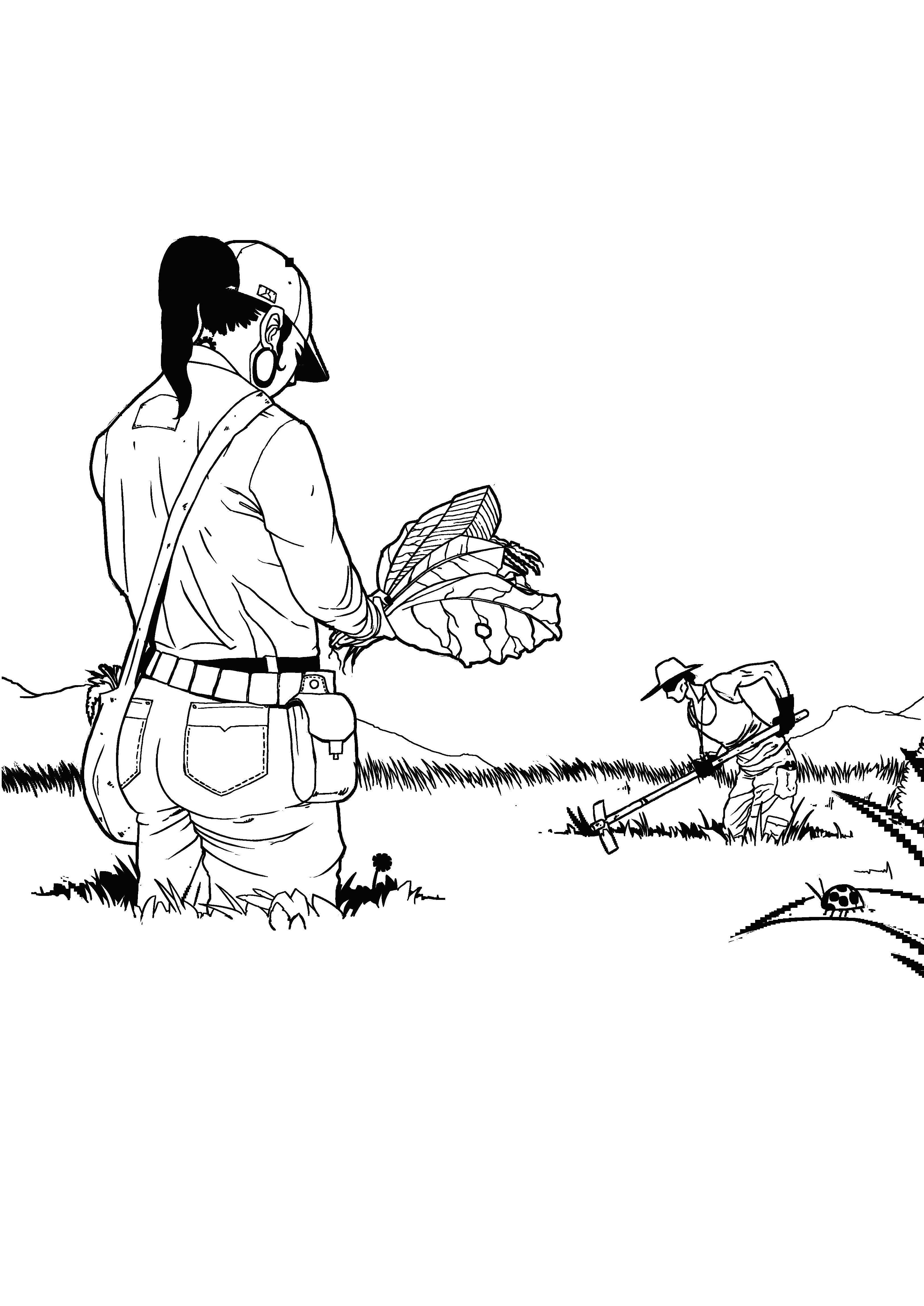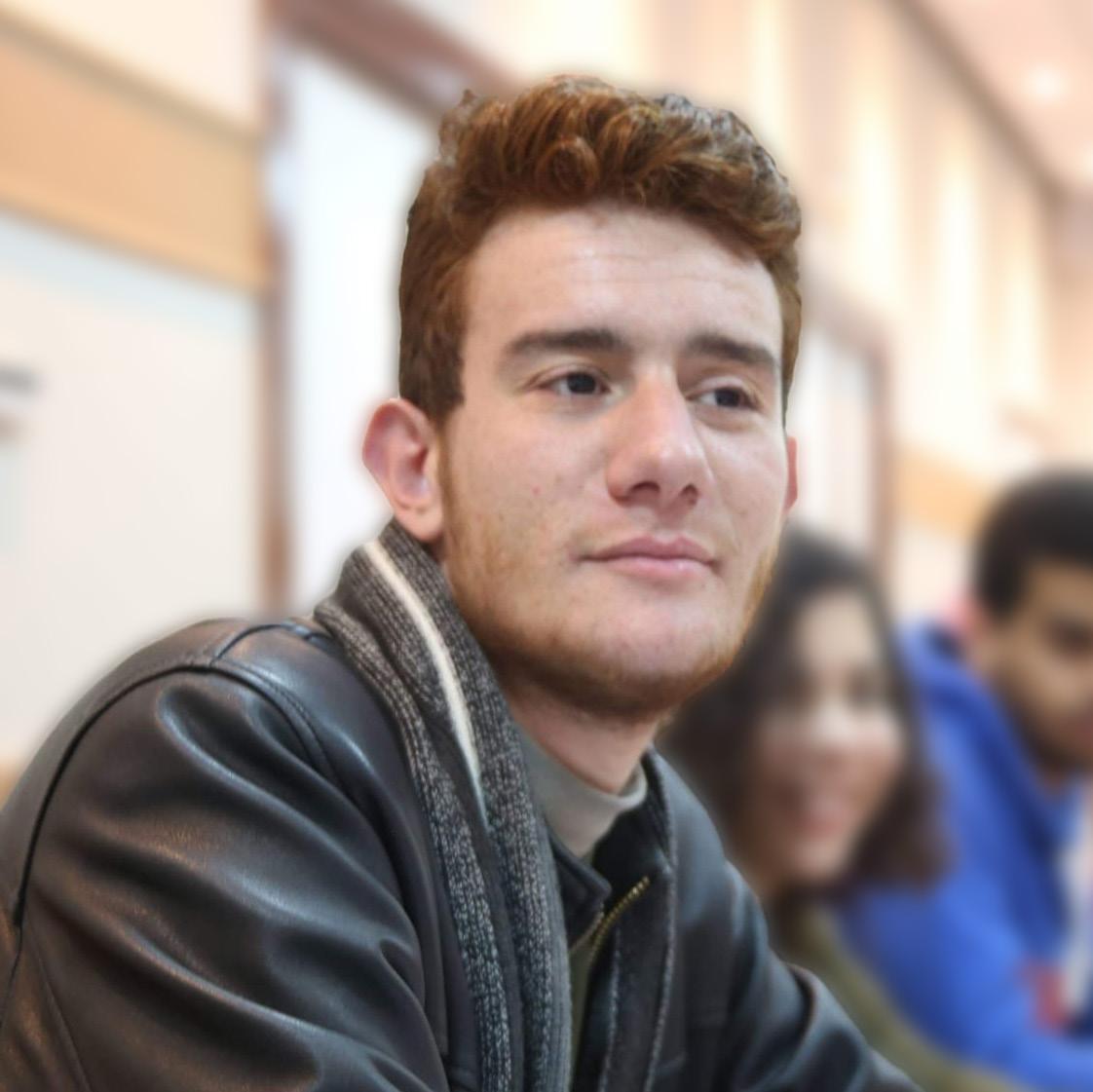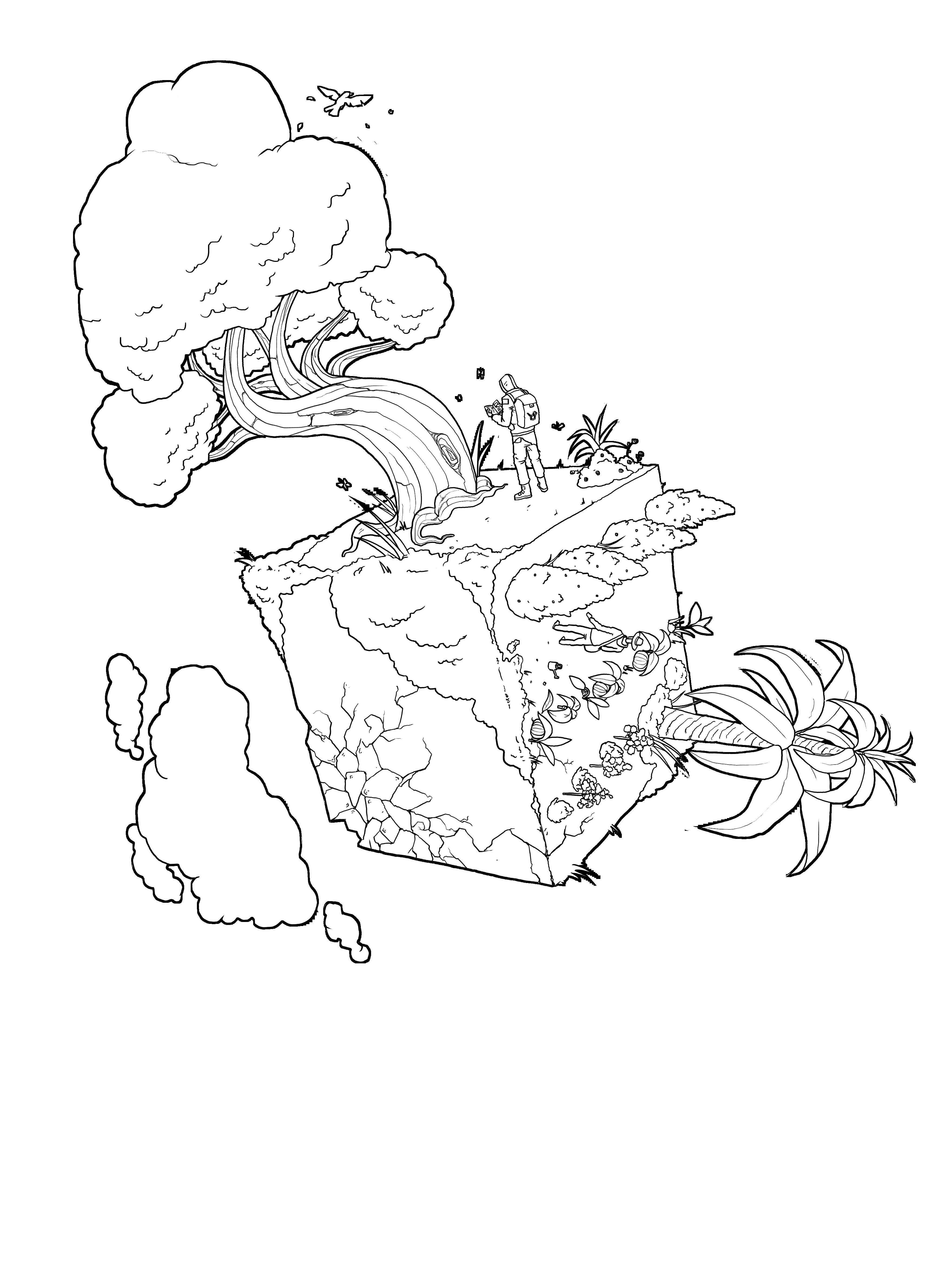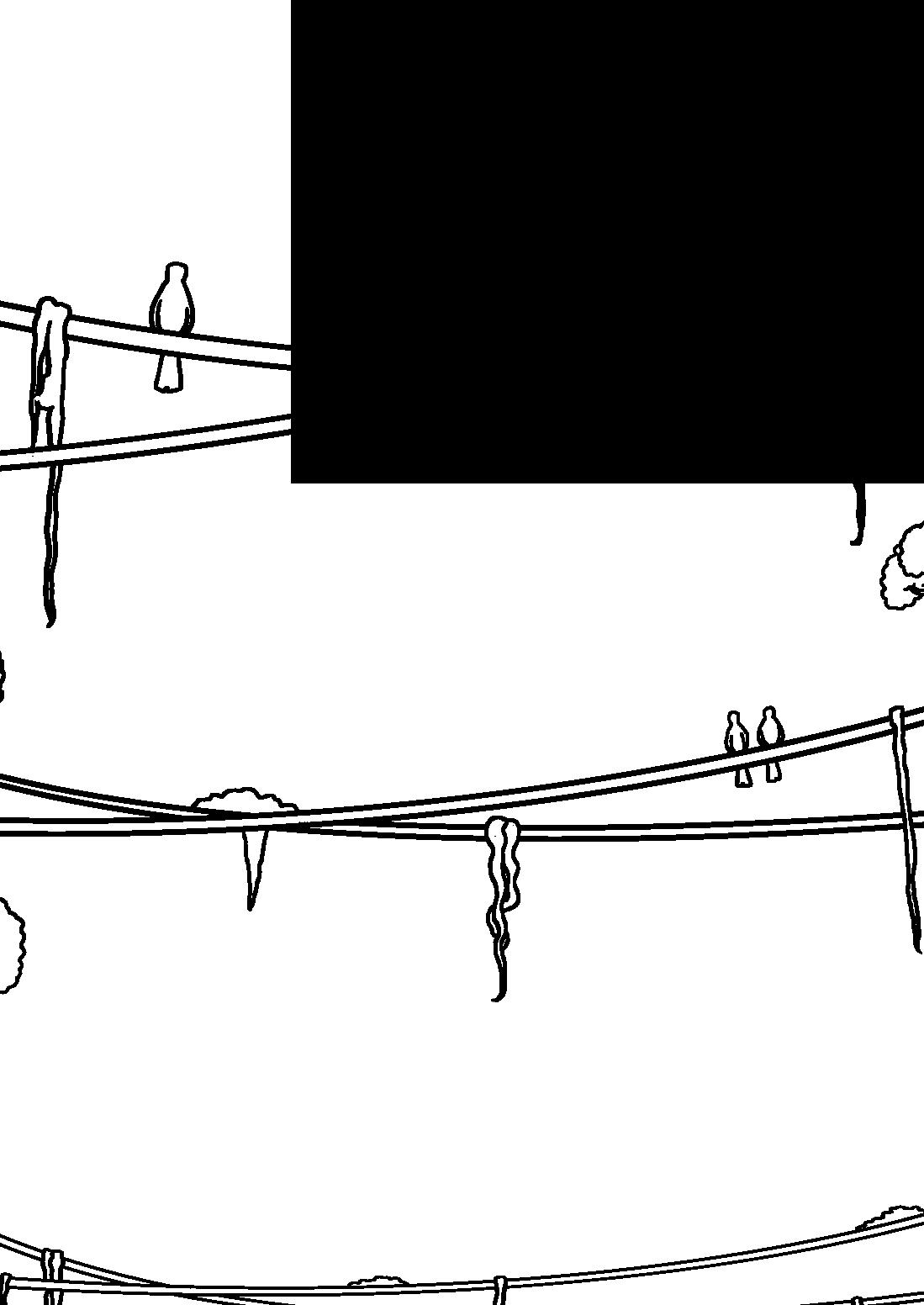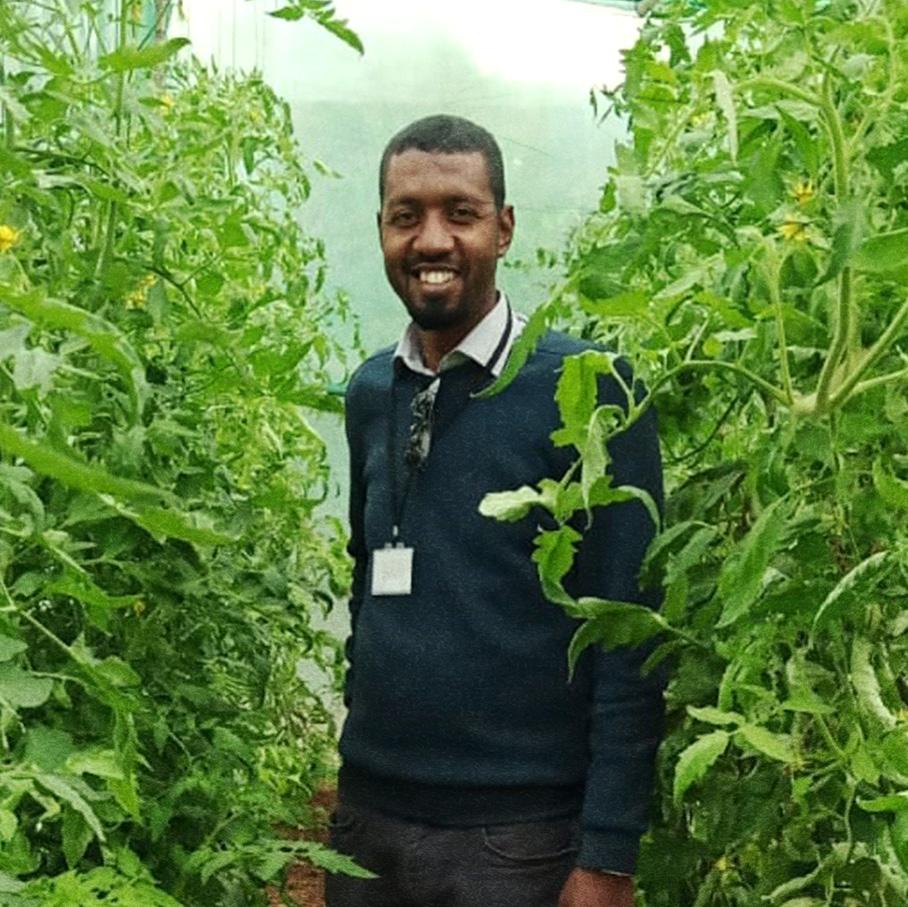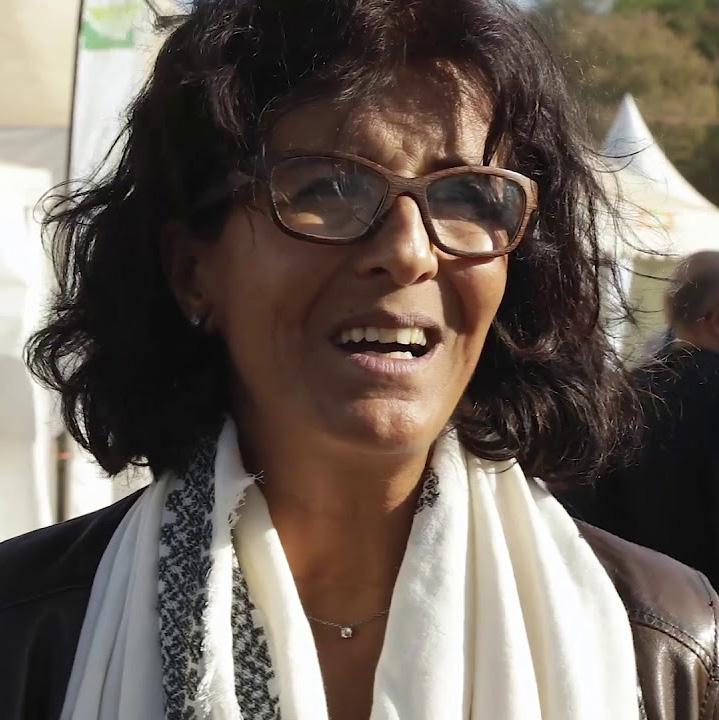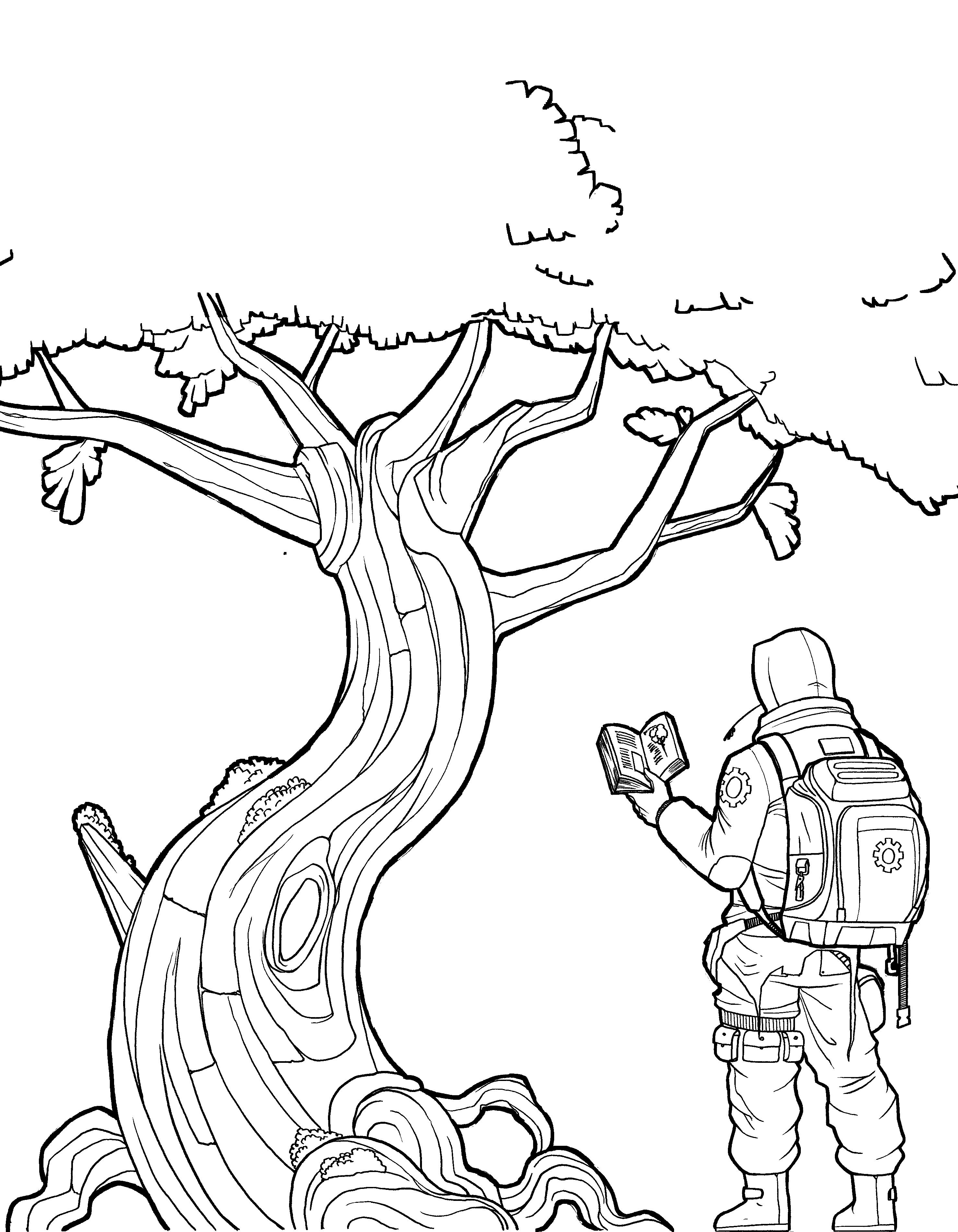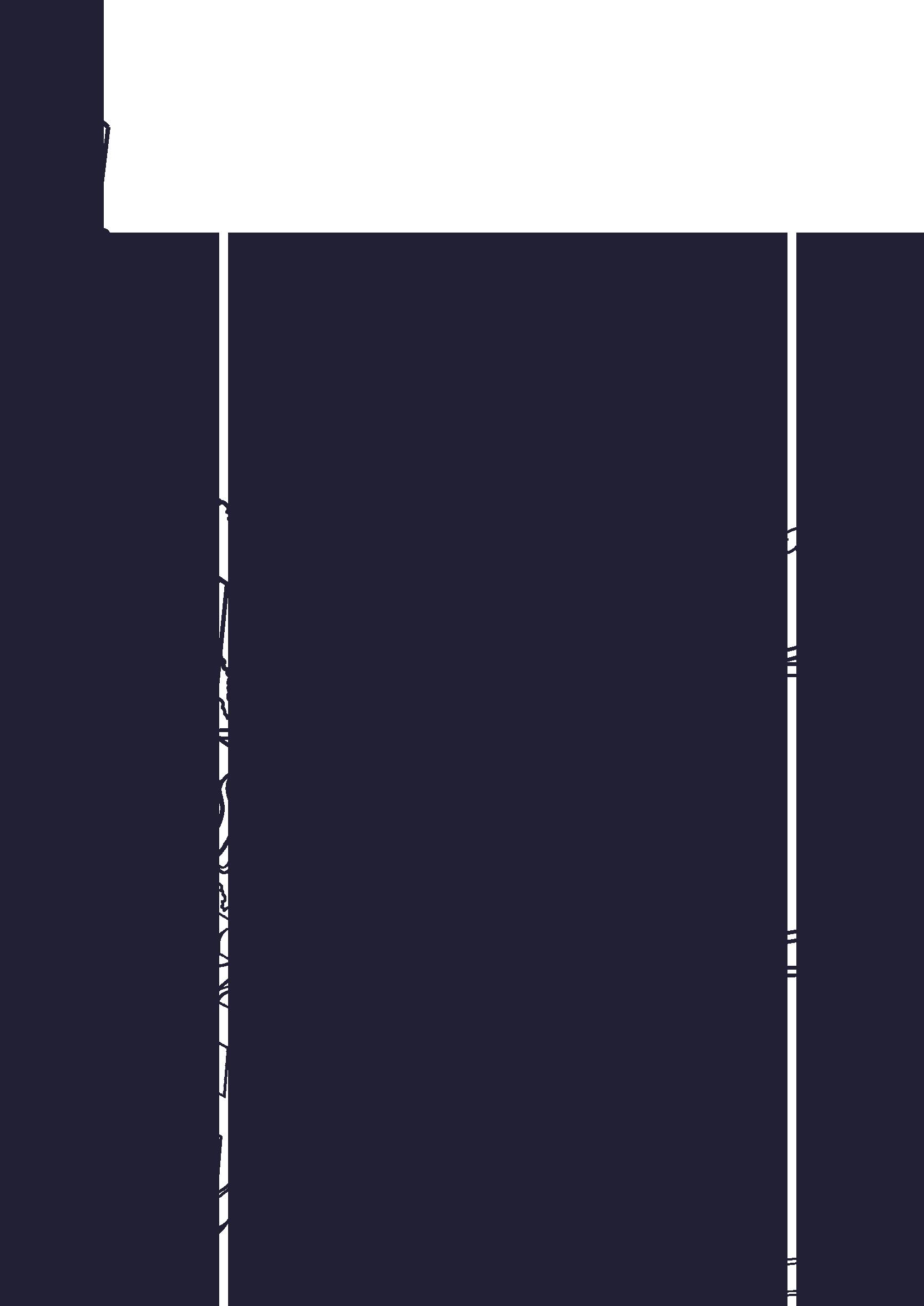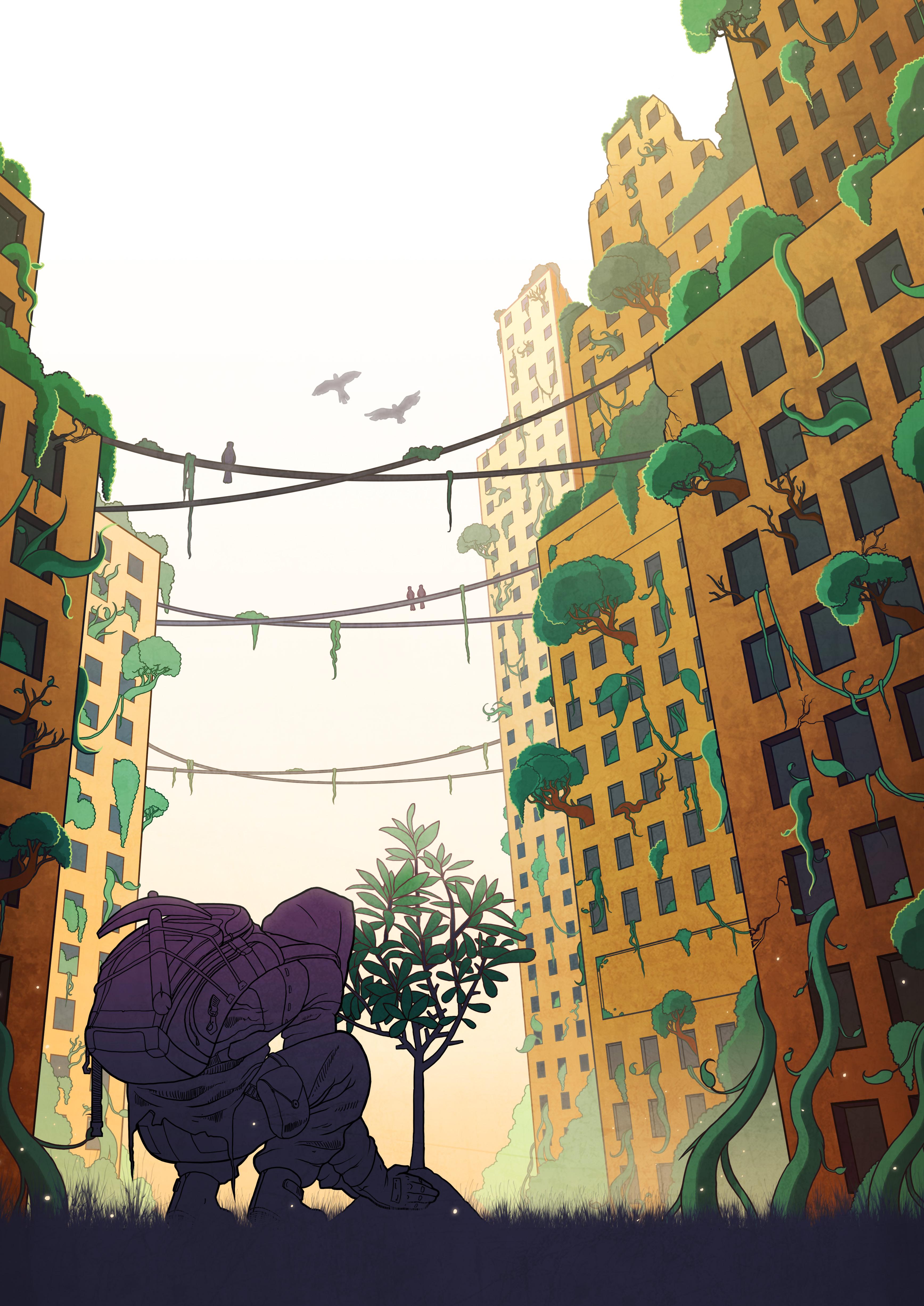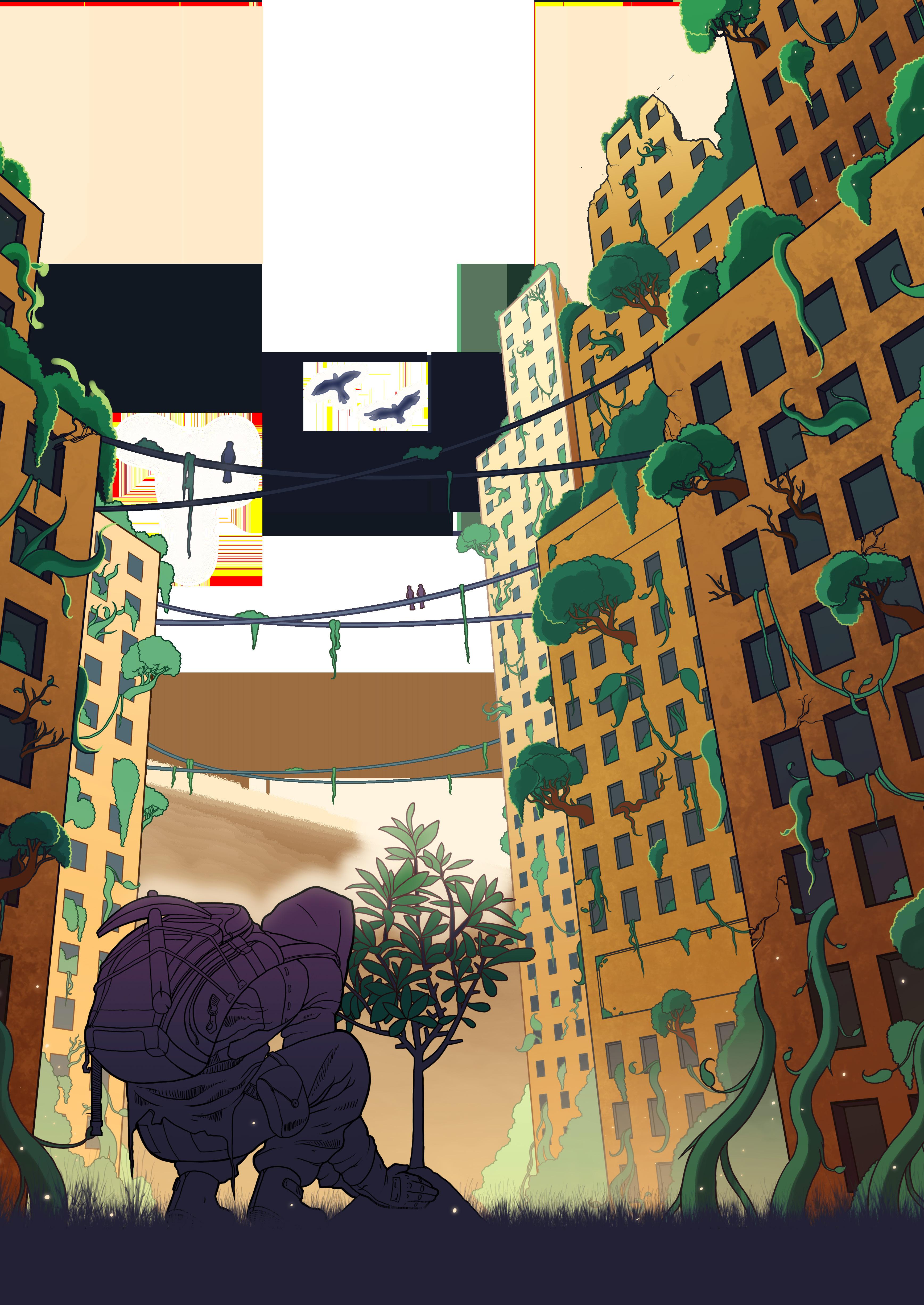Aghssan
Third edition








Aghssan is a magazine that aims to bring together actions, stories,ideas and alternatives around questions related to arts, ecology, new media and their entanglement with social and political questions.
The magazine is a project of kounaktif, it is superimposed on the various actions led by the collective to make access to culture possible to a greater audience.

Kounaktif is a collective and a cultural platform founded in 2018. As a collective, we are working to share various areas of knowledge and skills, weave social bonds via arts and culture, and develop creative and critical abilities in the fields of visual and sound arts, philosophy, new media and DIY practices. These practices are perceived as tools of resistance against imposed realities. Kounaktif’s DNA is expressed on the intersection between arts, technology and ecology through creative and critical expressions, alternative pedagogies, and production of knowledge. We constantly promote collective intelligence and collaboration through our programs in the form of discussions, round tables, creative labs, exhibitions, participatory workshops, concerts and open mics.
SECOND EDITIOIN
Tabi3a 3.0 project, in its second edition, revolves around agroecology and all the concepts surrounding it, given how it became increasingly important in a world dominated by anxiety and ambiguity about the reality and future of the environment and climate and about agricultural methods and their impact on human life. The project also monitors the extent to which Moroccan agriculture has been affected by these ideas and the level of engagement of civil, independent, and governmental actors with them.
The project is based on two main axes: Firstly, a theoretical axis in which we introduce the concept of ecological agriculture and explain its methods, characteristics and alternatives that it poses in relation to modern and industrial agriculture. We also aim to highlight the role it plays in protecting the environment in general and human life and health in particular. In addition, we analyze agricultural public policies, especially at the level of their interaction with the transformations in farming methods.
And secondly, a practical axis, Tweeza, where we provide the participants with applied knowledge about natural agriculture through open workshops in which they benefit from the experiences of farmers and researchers who have accumulated long experiences in agroecology.
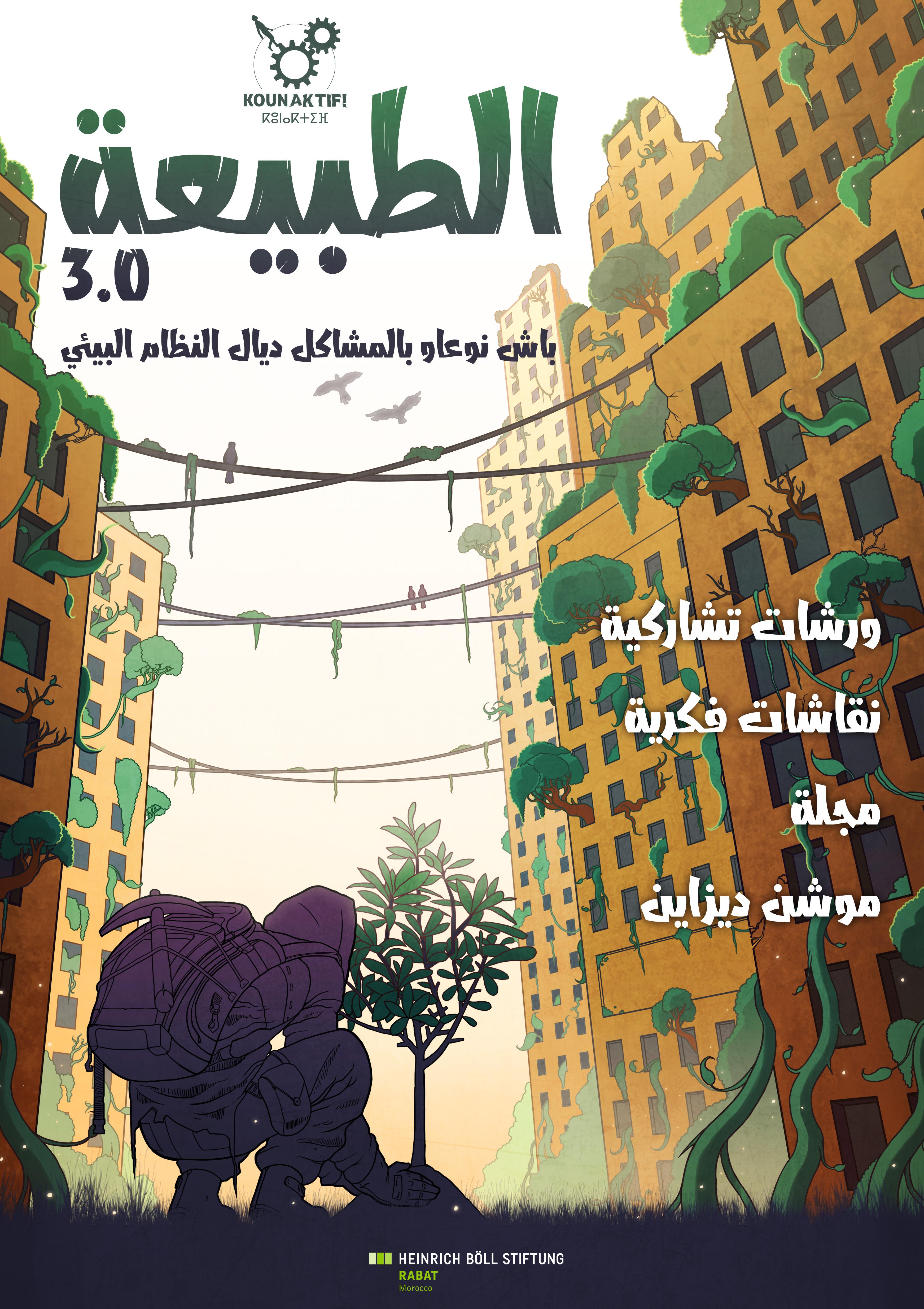


The president of the association of organic producers in the Casablanca - Settat region and an environmental activist

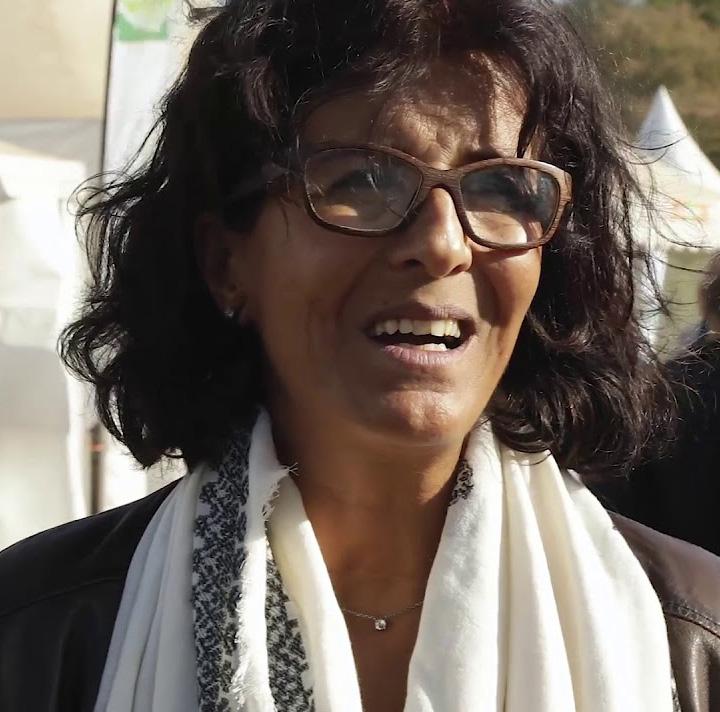
Organic farming began in Sweden and Germany in the 1930s, where it was characterized by its bio-dynamism, meaning having a holistic approach that includes a group of natural factors. The «biodynamic» farming is linked to cosmic phenomena, such as the cycle of the moon. At a later stage, biological agriculture began to call for the abandonment of chemical fertilizers and the adoption of diversification in agriculture. Morocco was first introduced to organic agriculture through the Pierre Rabhi initiative, which called for stopping the use of chemical fertilizers and focusing on reducing water waste and using livestock that will provide natural fertilizers, which will make the farms autonomous.
In the 1980s, Morocco experienced successive seasons of drought, which caused, at the time, a deficit in the level of Morocco’s production and export of grains. Opening the door for the company Monsanto to intervene to convince Morocco to change the type of grain that it produces to a grain that is supposed to consume less water and to be more productive. This company also promoted the idea that organic and conventional agriculture is not able to feed all Moroccans. These new methods imposed many changes to the traditional farming method, such as the necessity of turning the soil and eradicating all weeds, as well as the extensive use of fungi. These techniques also reduced the volume of fodder produced by wheat for the sheep.
The methods promoted by the major agricultural companies focus on the volume of production and not on its nutritional value.
Modern agriculture uses large machines and focuses on the extensive use of pesticides and fertilizers, while organic agriculture uses smaller machines and is characterized by plant diversity and the presence of beehives and sheep. Organic farming is sustainable and preserves the vitality of the soil and the continuation of its fertility. In contrast to modern agriculture, whose methods have exhausted the fertility of the land and made it vulnerable to erosion.
Bacteria represent an important element in the agricultural cycle. It is as vital as soil, water and seeds, since their presence in the land ensures the vitality of the agricultural product and guarantees that it contains nutrients that are beneficial to humans.
The right to organic food needs an ample supply in the market to ensure an adequate price for these products.
 Pierre Rabhi :
Pierre Rabhi :
French environmental activist, farmer and thinker of Algerian origin. One of the most prominent personalities in the environmental field, as he believed in the possibility of achieving technical agricultural development that respects the integrity and sustainability of nature. He also worked to strengthen the links of civil society working in the field of ecological agriculture, which allowed the launch of pioneering agricultural experiments in a group of countries and the introduction of ecological agriculture in them for the first time.
On the theoretical level, he worked to spread the idea of ecological agriculture through a number of publications and articles that were translated into dozens of languages.

Monsanto is a multinational agricultural company that is the world’s first producer of genetically modified seeds and one of the most influential agricultural companies, as it is present in most countries around the world.
The company started its path as a simple American company working in the chemical industry until it won several military contracts. While working alongside the United States of America in its wars, it got famous with the production of “Agent Orange” a chemical herbicide and defoliant that the military sprayed over southeast Asia during the Vietnam War, and caused harm to hundreds of thousands of civilians and the elimination of huge areas of the natural and animal environment.
Monsanto is currently accused by environmental organizations of being responsible for the systematic destruction of the environment under the pretext of developing agricultural technologies that increase crop production and improve the quality of agricultural products.The company also follows a marketing model that imposes on farmers, states and governments not to dispense with its seeds and not to adopt any cultivation patterns that do not fit its technical style.
President of the Malin El Ghaba Association, an activist in the field of sustainable agriculture and diversity

Organic farming came as a result of a human reaction at a semi-late stage, with the presence of a comprehensive deterioration of the natural environment in the soil, due to the methods adopted by humans in agriculture.
The methods adopted in agriculture can be divided into three methods :
Chemical farming which depends on chemicals, and considers the soil only a lever for the production process, and its production methods cause damage to the environment.
Traditional agriculture that depends on soil, land, and on chemicals that are added to increase productivity. Organic farming which is a production system that avoids the use of pesticides, chemical fertilizers and genetically modified products.
There are many reasons for the use of chemicals in agriculture, but the most important goal is to combat living organisms and insects in the fields and to raise productivity through the excessive use of chemical fertilizers, as well as the use of pesticides to eliminate weeds, despite the role played by the latter in protec ting the plants.
As for hormones, their use in the agricultural field aims to change the shape of agricultural products, or to increase their size. But they make them mostly devoid of nutritional value and can pose a threat to human health.
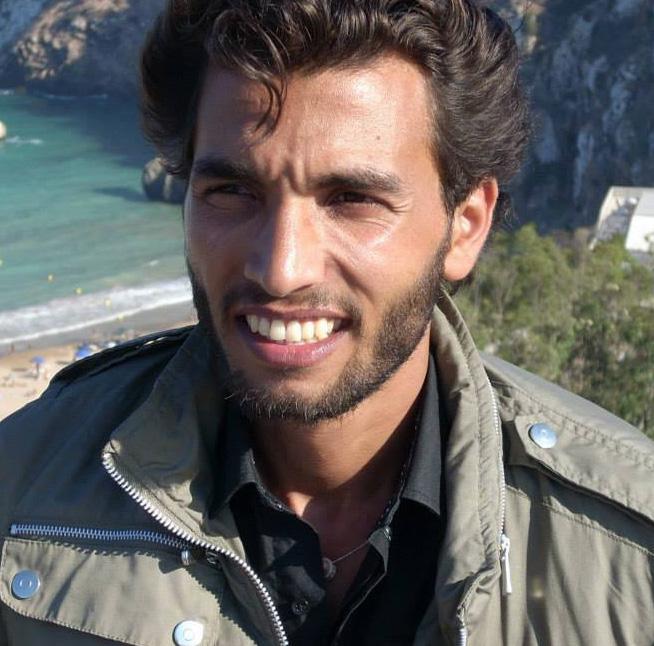
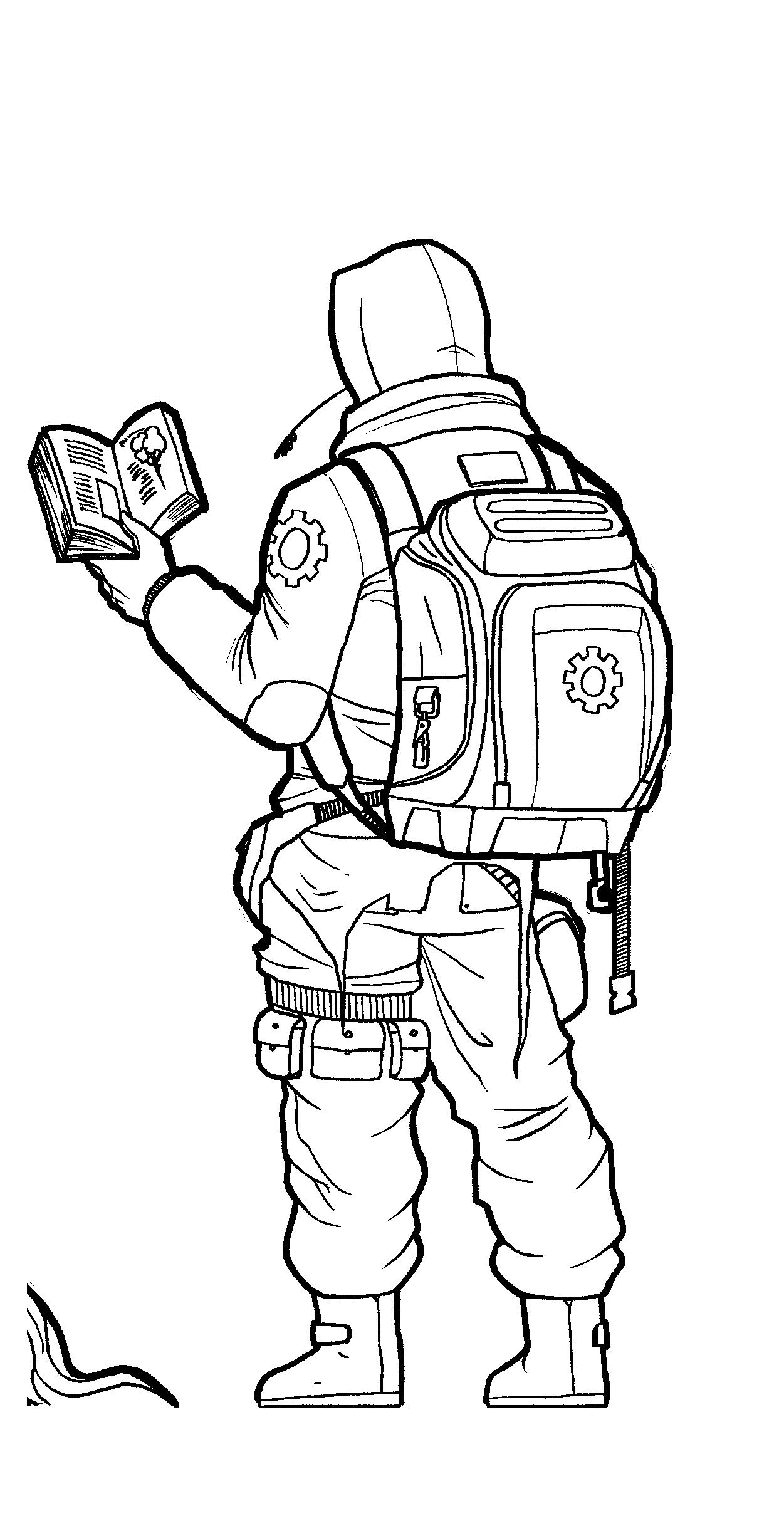
A farmer and trainer in sustainable agriculture and a consultant in the creation and monitoring of sustainable farms.
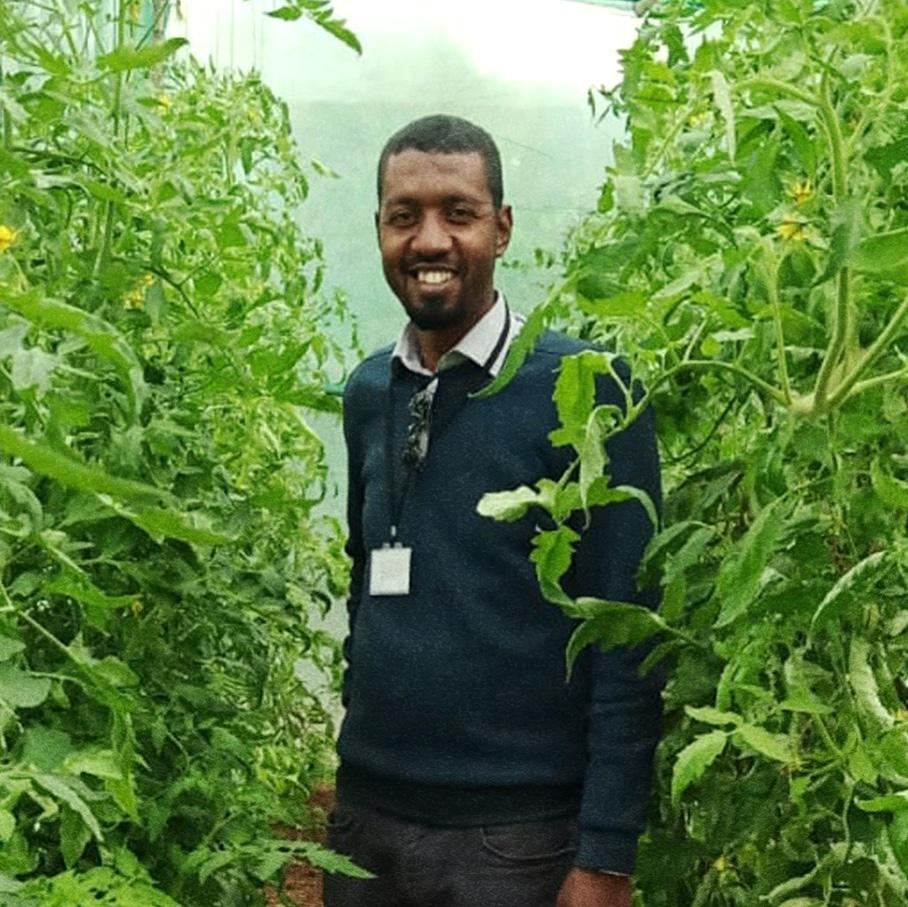
The results of the Green Morocco Plan can be evaluated through several axes. At the level of marketing, the increase in production and its diversification was not accompanied by a significant increase in the farmers’ capabilities in marketing and in accessing markets. The same issue can be raised when talking about valuation, as the capabilities of farmers have not developed in valuing their products and making them more attractive, which is something that local cooperatives suffer a lot from. Moreover, agriculture is no longer attractive to the youth of the rural world, who are rather more attracted to urban lifestyles.
The problem of legal ownership of real estate is raised in Morocco’s rural areas, as many farmers do not officially own the lands that they have been exploiting for several generations. They have traditionally owned it through inheritance. This situation does not encourage opening the land to investment and also makes it low in value.
When Law 39.12 related to the biological production of agricultural and aquatic products was promulgated in January 2013, Morocco was the second African country to establish a legal and regulatory framework for biological production. Its goal is to define the rules for the production,
the preparation and the marketing of agricultural and aquatic products according to the biological production pattern. It also defines biological products as products that respect the standards set by the legislature and the administration. In this context, this law sets several strict conditions for the production of biological products :
Allocate specific places for the production of biological products separating them from nonbiological products.
Ensure that these products are identified at all stages of their preparation to ensure that they are not mixed or contaminated with materials not licensed for their use.
Have a register that includes all the products, processes that are completed and all the materials used in organic farming, which must be approved for use by the Moroccan authorities.
The administration oversees all organic agricultural activities and ensures that the standards laid down in the law are respected.
On the institutional level, this law created the National Committee for Biological Production, consisting of representatives of the state, the National Institute of Agricultural Research, the National Institute for Research in the Field of Fishing, the National Office for the Health Safety of Food Products and several other institutions. This committee expresses its opinion on the approval of the specifications relating to biological production, the approval of the symbol that distinguishes biological products and everything related to the supervision and control of the production of biological products in Morocco.
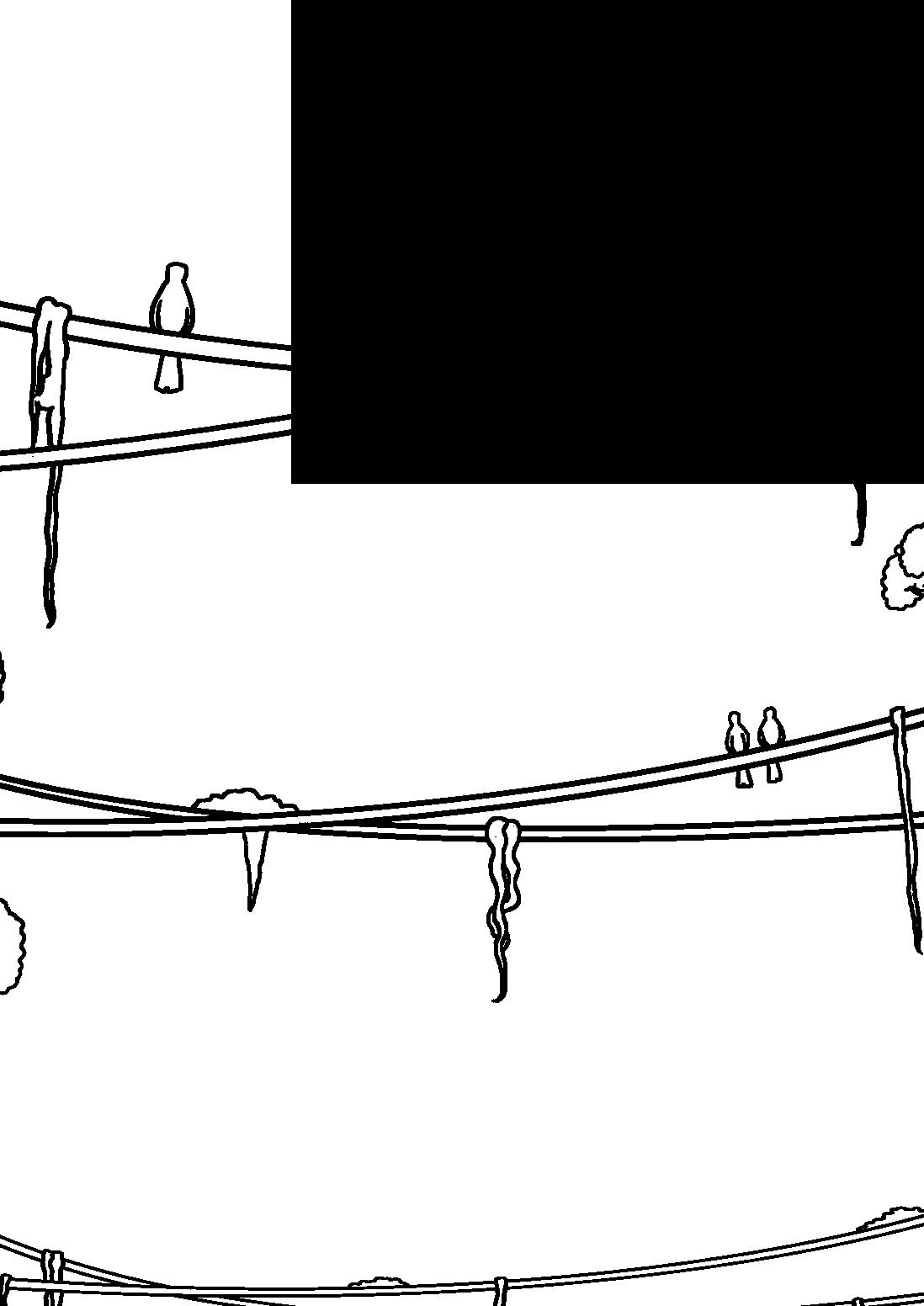
Green Morocco is an agricultural government plan launched by Morocco in 2008 with the aim of comprehensive development of Moroccan agriculture, and defining the agricultural policy in the country, as well as raising agricultural exports and creating and developing job opportunities in the rural world. The project cost $4.5 billion over 15 years. The most important results of the Green Morocco plan are, on the one hand, a rise in Moroccan agricultural exports, as Morocco has become the third exporter of agricultural products in the Arab region and the fourth in Africa. On the other hand, the project is considered by several observers as having sacrificed the food security of Moroccans at the expense of the value of exports, as the country’s food dependency is still a reality experienced by its citizens, since the plan neglected to ensure the country’s food sovereignty. While others consider it a superficial plan that does not take into account the complex reality of rural agriculture and its links to the problem of development in the rural world in Morocco.
The system of collective land sharing is based on long-standing customs and traditions in the greater Maghreb region where the land is used collectively by communities (such as tribes, villages, ethnic groups). These tribal customs were aimed at preserving land ownership within the tribe and ensuring that foreigners do not infiltrate it.
The Soulaliyate remain belonging to the collective group, and are not subject to division or sale. Furthermore, they constitute 15 percent of the available land in Morocco.
The land after inheritance is transferred entirely to men in the family, since the traditions deprive women from owning or exploiting the land.
The Soulaliyate women movement, which was led by women from different villages whose goal is to gain their right to own and use land, arose in the context of intense commodification and privatization of collective lands. The state, in response, is gradually opening up towards solving this problem once and for all, as it has expressed its orientation towards giving those women their deserved lands.
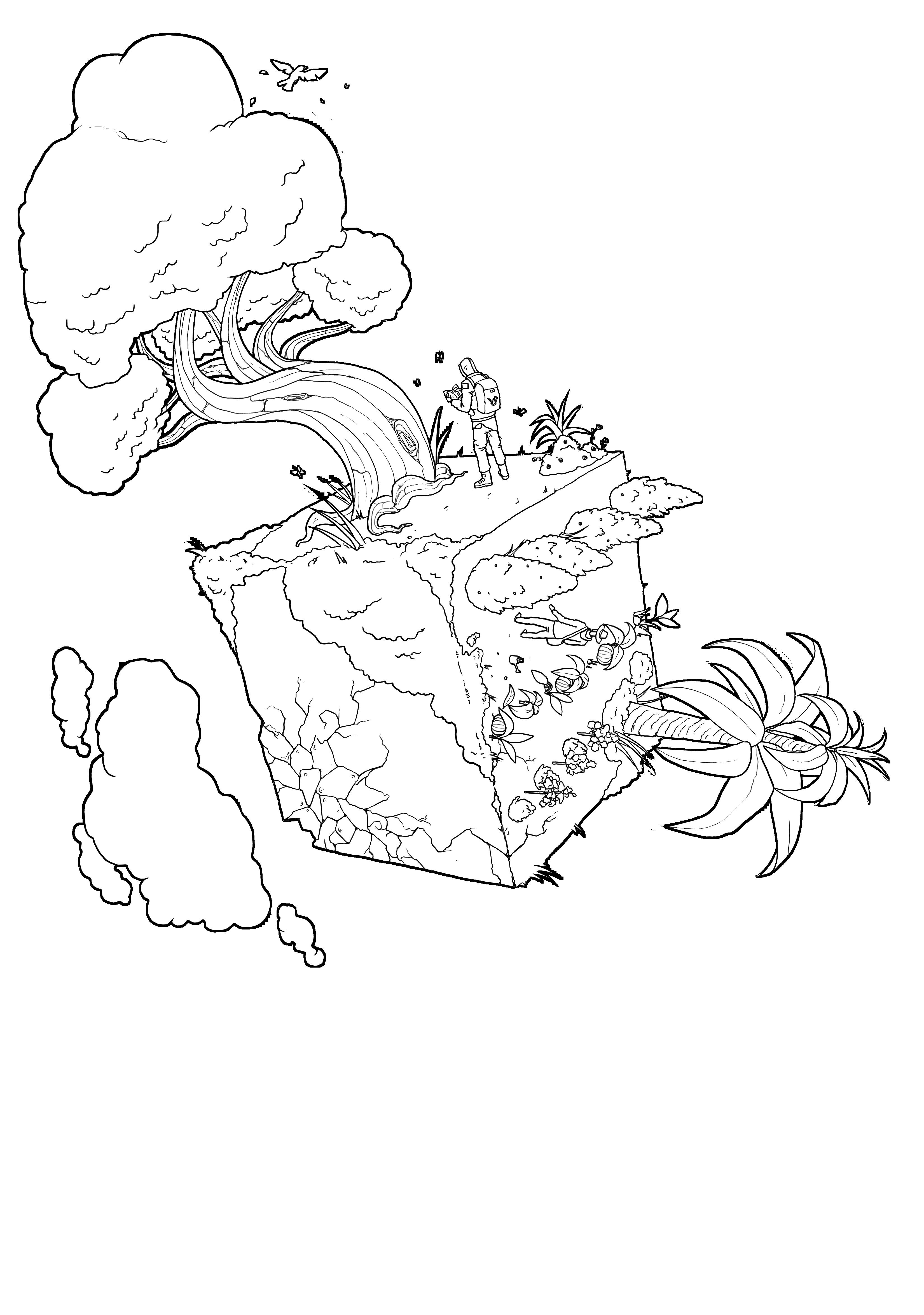
The Green Generation strategy is a ten years agricultural plan launched by the Moroccan government in 2020. It aims, according to the ministry in charge of the sector, to achieve the results of the Green Morocco plan and to move towards creating an agricultural middle class in the rural world and increasing the agricultural GDP.
Observers consider that although the plan is still in its early stages, it is just a continuation of the orientations of the Green Morocco Plan under a new banner, and new projects that enhance the dominance of major players in the agricultural sector and allow the private sector to invest in Moroccan agricultural capabilities in its favor without any added value to the rural world and to Moroccan food sovereignty.
student researcher in legal sciences, and an activist in a group of associations that work in the human rights and modernity sector
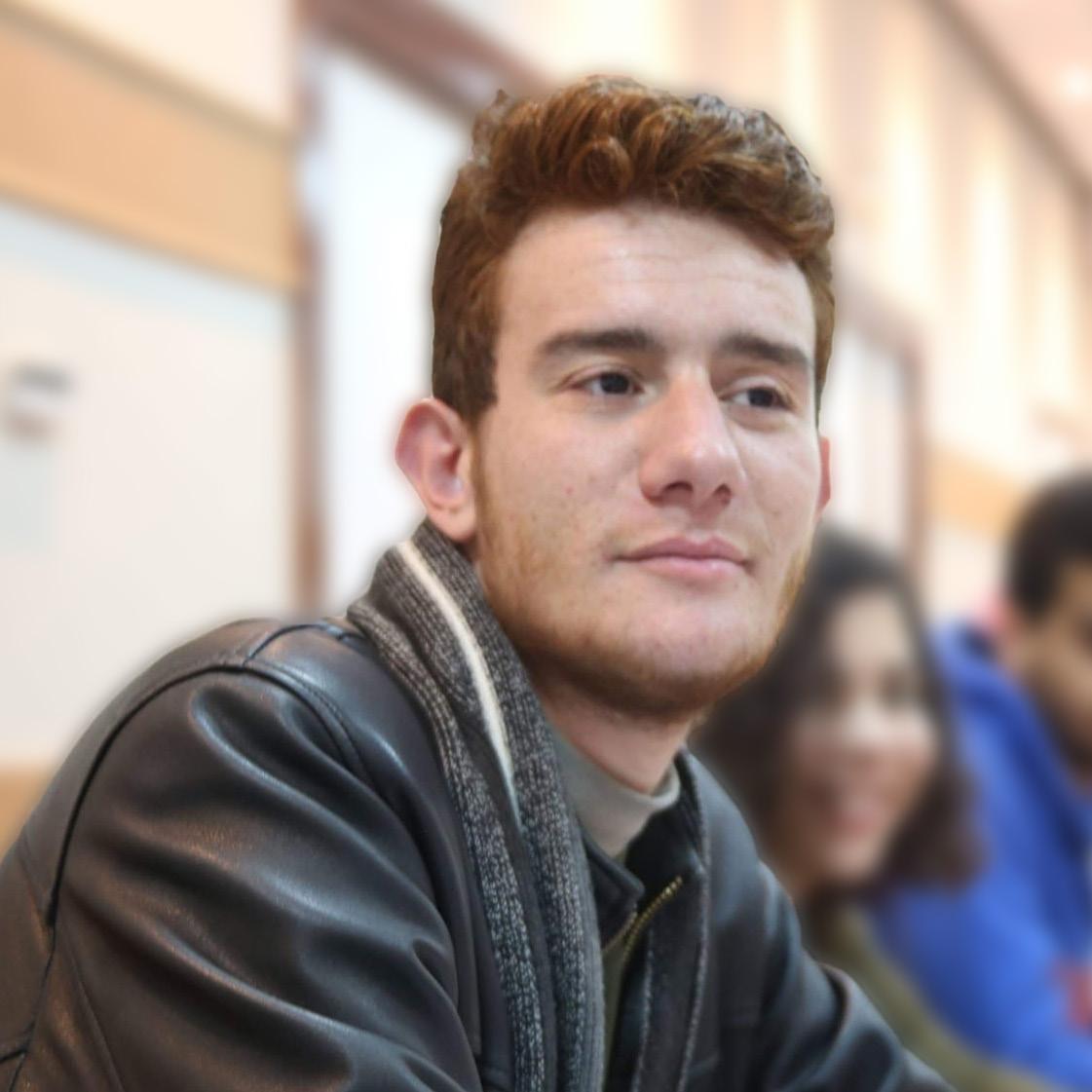
Morocco cannot be considered as one of the countries with large water resources. Given its regional environment, the Arab region (Northern Africa and the Middle East), is one of the most areas in the world that suffer from water scarcity. Therefore, the existence of droughts is not a new thing in the history of Morocco, but the reality of extreme scarcity and the danger of the country entering a permanent drought has become present in recent decades, as the share per capita decreased from 2500 cubic meters in 1960 to 650 cubic meters now, with expectations that this share will drop to 500 cubic meters annually by 2030. The years 1980, 1985,1990, 1995, and 1996, have known great droughts, as the page of the sixties was turned, in which Morocco experienced exceptional rains.
Since the protectorate, France has begun to build a group of dams, the most prominent of which was the Ben El Ouedan Dam on Oued El-Obeid in Tadla. And through which it aimed to store the water coming from the Atlas Mountains and exploit it in irrigation and agriculture. France has established in Morocco an American-style and «Californian» agriculture, that was based on citrus and fruits. After the independence of Morocco, the idea of drip irrigation was widely promoted as a modern method that saves water. But this method is currently one of the causes of the water crisis because it requires huge amounts of water to irrigate agricultural products that are considered luxurious and require quantities of water that exceed the annual amount of precipitation in the country.
A group of cities are now experiencing water crises and interruptions, especially Casablanca and Agadir. The oases are now known for a massive
depletion of their water in favor of types of crops that are not compatible with the desert nature of the region and with the capabilities of underground water storage.
It is not possible to talk about ambitious and courageous measures to overcome the water crisis without calling for a review of the agricultural policies that are being implemented in the country. Agriculture is undoubtedly the sector that consumes the largest share of water in Morocco. Nevertheless, the current trends are based on focusing on the depletion of Moroccan groundwater in favor of crops with the aim of exporting them abroad and raising the value of the foreign currency stock. These policies also marginalized the production of basic agricultural products needed by the citizens, such as grains and oils imported by Morocco, the prices of which are known to fluctuate greatly in the international market.
Half of the cultivable areas are used for grain production. But grain production does not receive the attention of agricultural policy makers who prefer to focus on planting trees such as olives. And in relation to the role of dams in Morocco, the state considered them part of its most important achievements after independence and built on them a great deal of political legitimacy at the time. But it does not play a role in solving the drought crisis, as a number of them are in a state that needs maintenance and purification of sediments, which will cost the state a huge budget.
In recent decades, Morocco has moved from its agricultural culture, which was based on grain and livestock, to agricultural trends based on the export of fruits and luxury products, at the expense of the country’s water wealth.
Despite all this, it seems that Morocco is continuing its agricultural policies, as it brought into existence the Generation Green strategy as a new vision within the framework of the continuity of the Green Morocco Plan.
Facyla farm experience
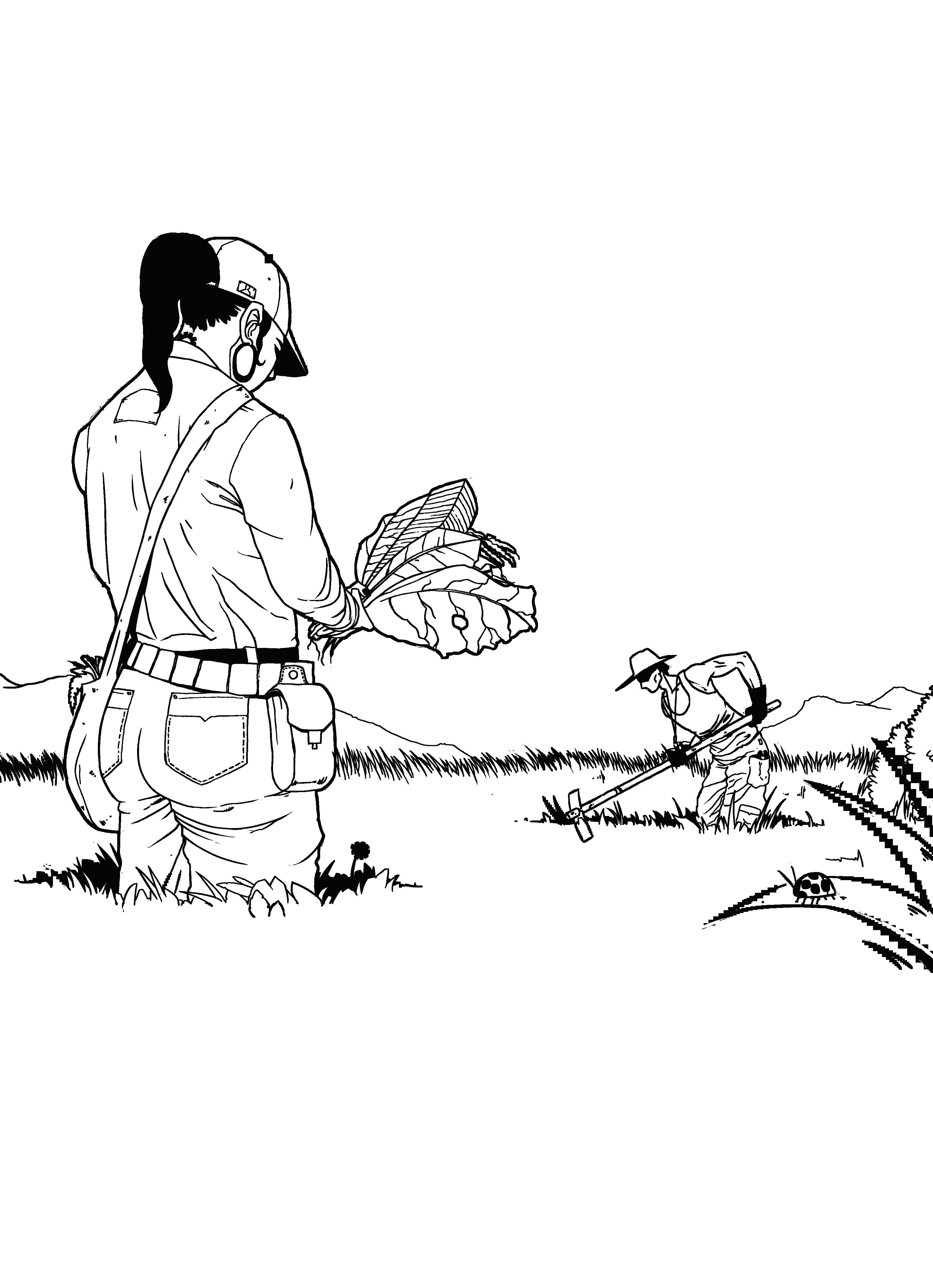
Facyla is an ecological farm based on a sustainable farming system, and on farming on living soil.
Address : The village of Ait Haddou, Khamis Ait Ouahi, Tiflet.
Phone number : 06.16.77.55.70
Email : facyla.ferme@gmail.com
Instagram/Facebook : facylaferme
Visiting times : Make an appointment in advance. Other services :
Production of vegetables, fruits, aromatic and medicinal plants.
Production of vegetable seedlings, fruit and forest trees. Training courses.
Farm design and preparation. Guidance and accompaniment.
Jihad operates an eco-farm with a sustainable farming system based on observation and imitation of nature's work by encouraging afforestation modification or hybridization, which give the farmer independence as these seeds can be used continuously, making them able to adapt naturally every year to changes in the soil or climate and even to the scarcity of water.
And in recent years, due to global warming, a number of types of farming, such as modern, chemical and mechanical, have been depleted, which raised the problem of how to maintain the required production and achieve better quality. Here, the introduction of ecological farming
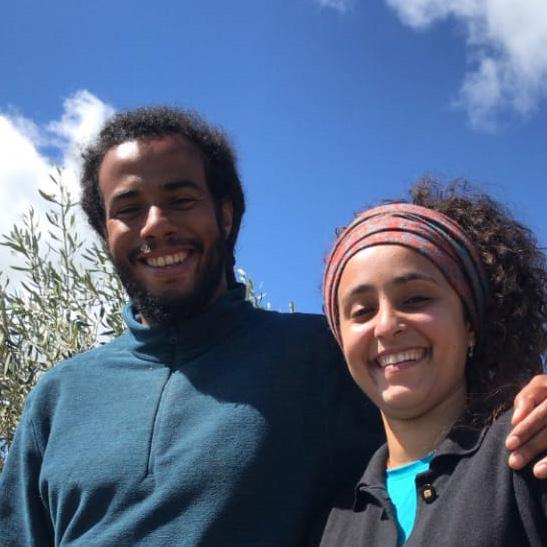
techniques is the best solution. As the farm must first be designed ecologically and include, for example, trees that protect the soil from the winds and hinder the evaporation of water from it, in addition to nourishing the soil due to the withering that results in the decomposition of the leaves, and increases its fertility and ability to store rainwater. Among the ecological techniques adopted is the “Plant Association” technique between a type of product that consumes water and a type of grain that does not consume it much and which is characterized by its ability to protect other products and enhance their fertility.
Ecological agriculture relies heavily on plant association as a technique based on the farmer’s knowledge of the appropriate place for planting certain types of trees and plants in a way that makes any juxtaposition between them fortifying and helpful in fighting fungal diseases and a protector from harmful insects. This type of farming differs from monoculture farming in that it exempts the farmer from the use of a range of medicines and pesticides.
There are several patterns of plant association, starting with the association of vegetables with plants, the association of vegetables/fruits with each other, the association of vegetables with medicinal or aromatic plants, and cultivation in the same basin. Plant association causes better water absorption in the soil and makes nitrogen fixation in it more efficient and can drive away harmful insects as it makes plants that are not immune to them benefit from the immunity of their neighboring plants.
Biojinane farm experience

Biojinane : An ecological farm for the production and marketing of agricultural products.
Address : Dar Bouazza; Ouled Azouz group, kilometer point 16.
Phone number : 0665983174 / 0644327836
Email : bioconfiance.darbzza@gmail.com
Visiting times : Make an appointment in advance.
Volunteering and marketing possibility : currently suspended due to a shortage of water.

How did Bouchaib enter the field of organic agriculture?
The Earth and Humanity Association presented a series of training sessions in ecological agriculture in Morocco that focused on how to preserve nature through agriculture. After these lessons, Mr. Bouchaib had the opportunity to become responsible for the pedagogical farm of the association from 2006 to 2012. Before that, in 2008, he launched his personal project based on the land he owns, where he was able to start by producing a group of vegetables and working on distributing them through a cooperative system to be marketed, especially in the city of Casablanca, under the slogan “from the shovel to the basket”, with the aim of reducing the number of intermediaries between the farmer and the consumer.
The most important thing in ecological agriculture is independence, as it focuses on ensuring the independence of the farmer in everything related to the production cycle from fertilizer, to water, to seeds.
In general, ecological agriculture projects do not require a huge financial investment, but they do need a deep scientific and technical training and a network of consumers who are able to put confidence in the product. Additionally, the ability of the ecological farmer to self-produce natural pesticides and medicines for vegetables is one of the most important indicators of the success of their cultivation.
Returning to the experience of Bouchaib, the
transition from traditional agriculture to ecological agriculture was not difficult, since the first type relies on natural fertilizers as well as on raw fertilizers, meaning that there was no trace of chemicals in the land he allocated for ecological farming.
Because of modern agriculture, animal waste that was used as compost has been replaced by chemicals, which has led to a significant deterioration of the soil, as the cultivated areas currently only contain 1 percent of organic matter, when it should consist of at least 5 percent. But ecological farming works to revive the organic and bacterial environment of the soil and to enhance the presence of the most important substances for it, namely nitrogen, phosphate and potash. When chemicals are used in traditional agriculture, the soil loses its homogeneity and becomes disconnected.
In any soil, the balance of two important elements, nitrogen and carbon, must be ensured. And in order to enhance the independence of the farmer, natural fertilizer can be produced from a group of materials such as animal waste and vegetable and fruit residues, with the need to respect the required balance between nitrogen and carbon, as it must be ensured that there are 5 units of nitrogen for each unit of carbon.
In this project, Kounaktif aimed primarily to present and introduce agroecology, its history and its technologies.This type of agriculture came as a response to the spread and dominance of modern agriculture of an industrial and chemical nature, which contributed to global warming and the destruction of the environment. Whereas ecological agriculture aims to establish a prosperous and technologically advanced agriculture that meets human needs and preserves our health and at the same time avoids the destruction of the environment.
Ecological farming is based on avoiding the use of chemicals in the soil and not using industrial techniques that destroy the natural soil and eliminate the bacterial milieu in it, and in the end give an agricultural product with poor nutritional value with a negative impact on health.
Practitioners and supporters of ecological farming also aim to overcome the domination of agricultural companies and to be liberated from the dependence imposed on farmers and on states.
Independence is one of the most important principles of ecological agriculture, which means that the farmer owns his land and has the ability to produce seeds and fertilizer, and finally is able to promote his products locally and through networks devoid of intermediaries.
One of the main axes of this project is its openness to independent civic experiences that encourage and promote ecological farming, as well as its openness to ecological farmers in Morocco.
Whereas the ideas of ecological farming entered Morocco through the French-Algerian researcher Pierre Rabhi, as well as through foreign groups that formed and supervised a group of Moroccan farmers who continued the path of ecological farming and work with complete independence to produce natural products and market them in local markets despite the absence of support from the government, which contented itself with developing a legislative framework To produce biological products without being accompanied by measures to support farmers.The Moroccan government, according to observers, has established through the Green Morocco and Green Generation plans an agricultural model based on supporting modern agriculture and on exporting luxury products without creating added value in the Moroccan rural world nor ensuring food sovereignty.
The project "Tabi3a 3.0" is part of the partnership between Kounaktif and the Heinrich Boll Organization.
Contributors to this issue of Aghsan magazine project are:

Translated by : Maha Tirraf
Coordination : Youssef Aaroui
Authored by : Saad Hmehim / Youssef Aaroui
Posters by : Omar Bouazzaoui
Designed by : Chaimae el Yacoubi
Bouchaib Harriss
Jamila Loukili Boujamaa Gueghlan Hicham Dghoughi Jihad Al-Malih Saad Hmihem

